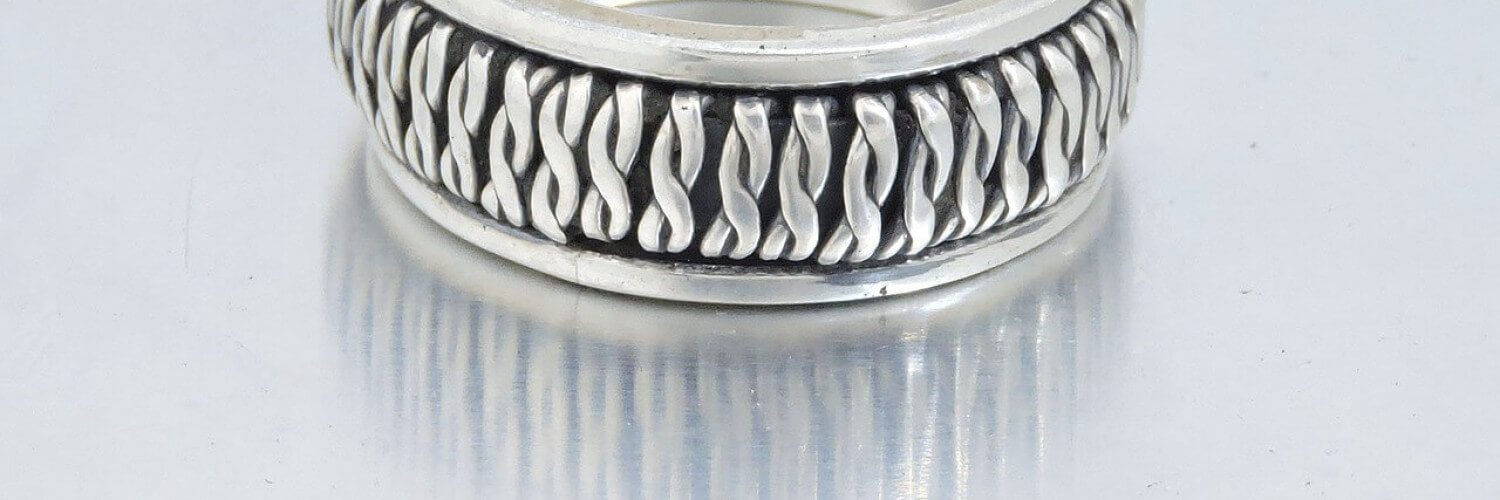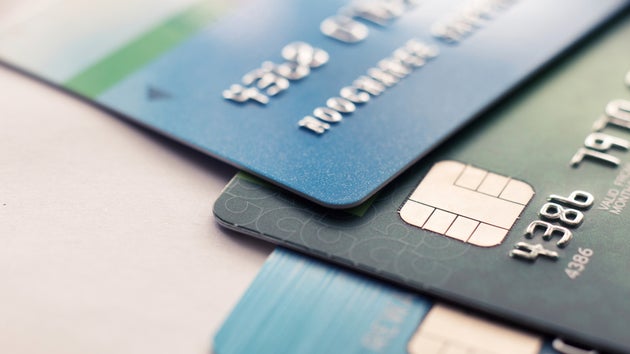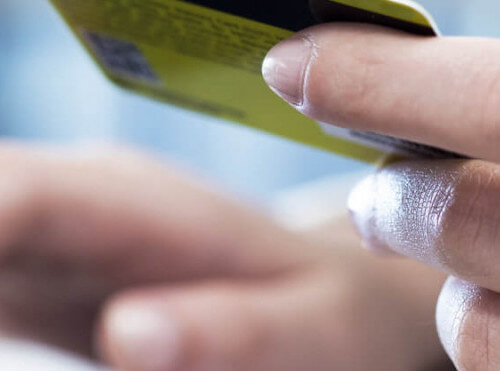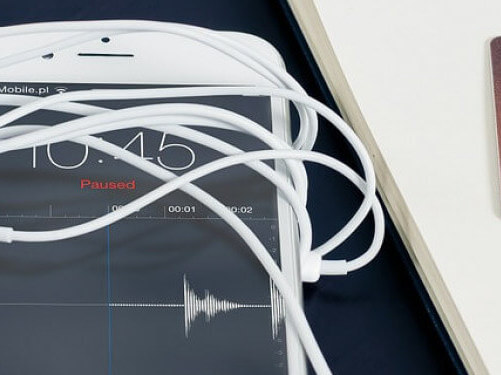Table of Contents
Pay contactlessly and quickly with a piece of jewelry? This will be possible in the future with Visa's NFC ring. All you need is a Visa account. The first test phase for the payment ring is taking place at the 2016 Olympic Games in Rio de Janeiro.
45 Olympians Pay for Power Bars & More with NFC Ring
To simplify everyday payments in the Olympic Village in Brazil, Visa provided athletes with a practical accessory. Without the need for a handbag, wallet, or phone, athletes can comfortably pay for their isotonic drinks, cereal bars, and snacks with the Payment Ring, available in black or white ceramic. Available in 20 different sizes, everyone can find the right fit, but custom sizes are not possible.
Tap the Ring and Pay
Regarding the payment process, the ring works similarly to a smartphone with Nearfield Communication (NFC) technology. The ring includes a microchip and an NFC antenna. According to Visa, the connection to a store's credit card reader is established with a simple tap on the ring when near such a payment terminal.
Secure and Waterproof
The innovative Payment Ring is not only waterproof up to 50 meters but also operates without a battery. It never needs to be charged, as it draws power from the payment terminals during transactions. Another advantage of the Visa Ring is that payments are more secure due to token technology, which uses a unique digital identification code instead of the 16-digit credit card number, keeping account information private.
Competitor: The Kerv Ring
The British start-up company Kerv has also developed a Payment Ring connected to the user's e-wallet and smartphone. The e-wallet can be funded with common payment methods like PayPal, credit cards, or bank transfers, and all transactions can be monitored and tracked via the smartphone. Kerv claims the ring is secure against theft and misuse as it is always on the finger. If the ring is lost, it can be quickly deactivated via the smartphone app. The Kerv Payment Ring is available for around €65, with delivery starting in July 2016.
Conclusion
The Payment Ring is another attempt to develop an innovative payment technology for the masses. While such gadgets are on the rise globally, contactless payment has not yet become established in Germany. Another drawback in the Eurozone is the payment limit of €25, meaning for larger amounts, the Payment Ring would be a simple piece of jewelry that shines while you reach for your wallet.










